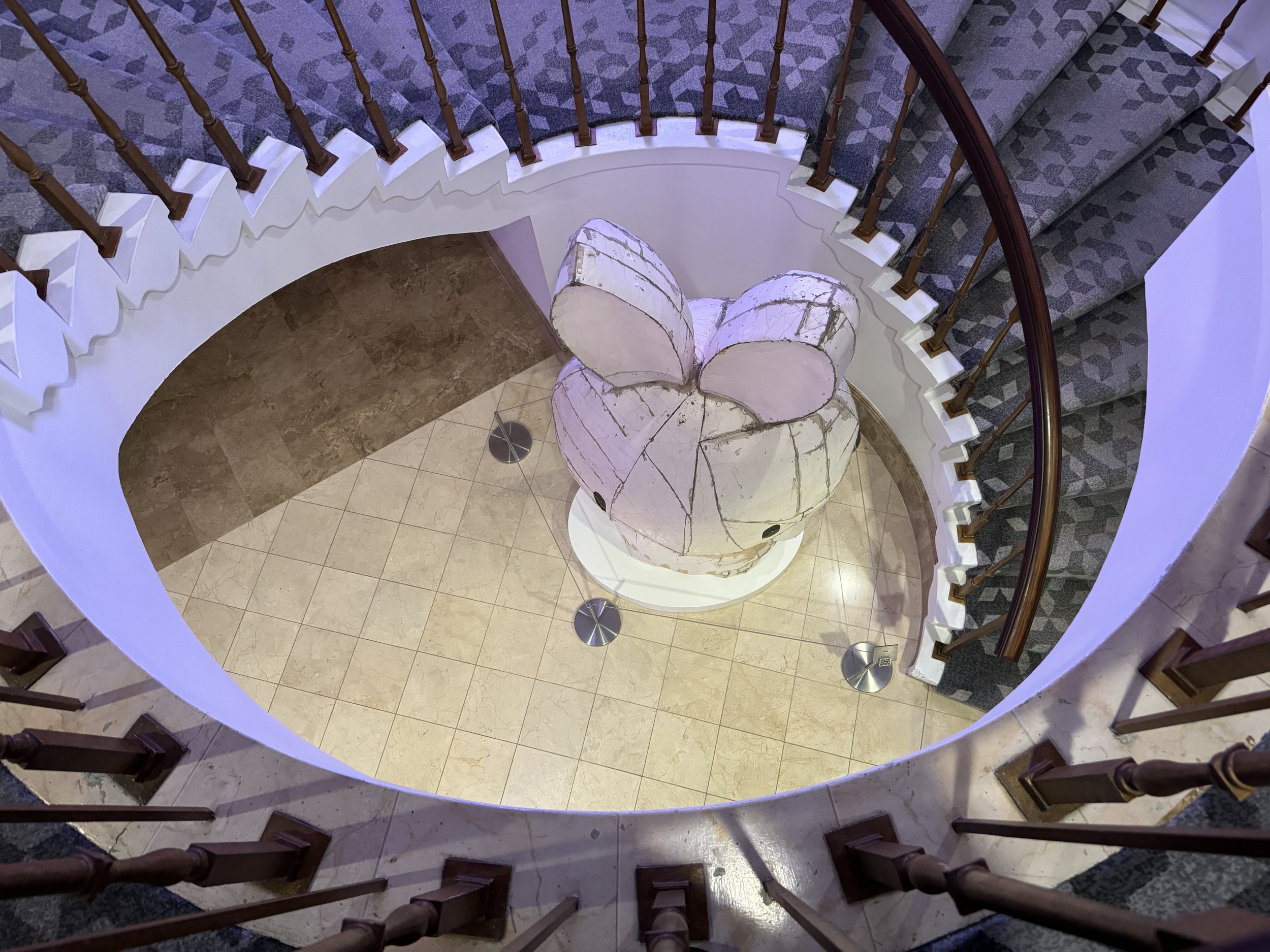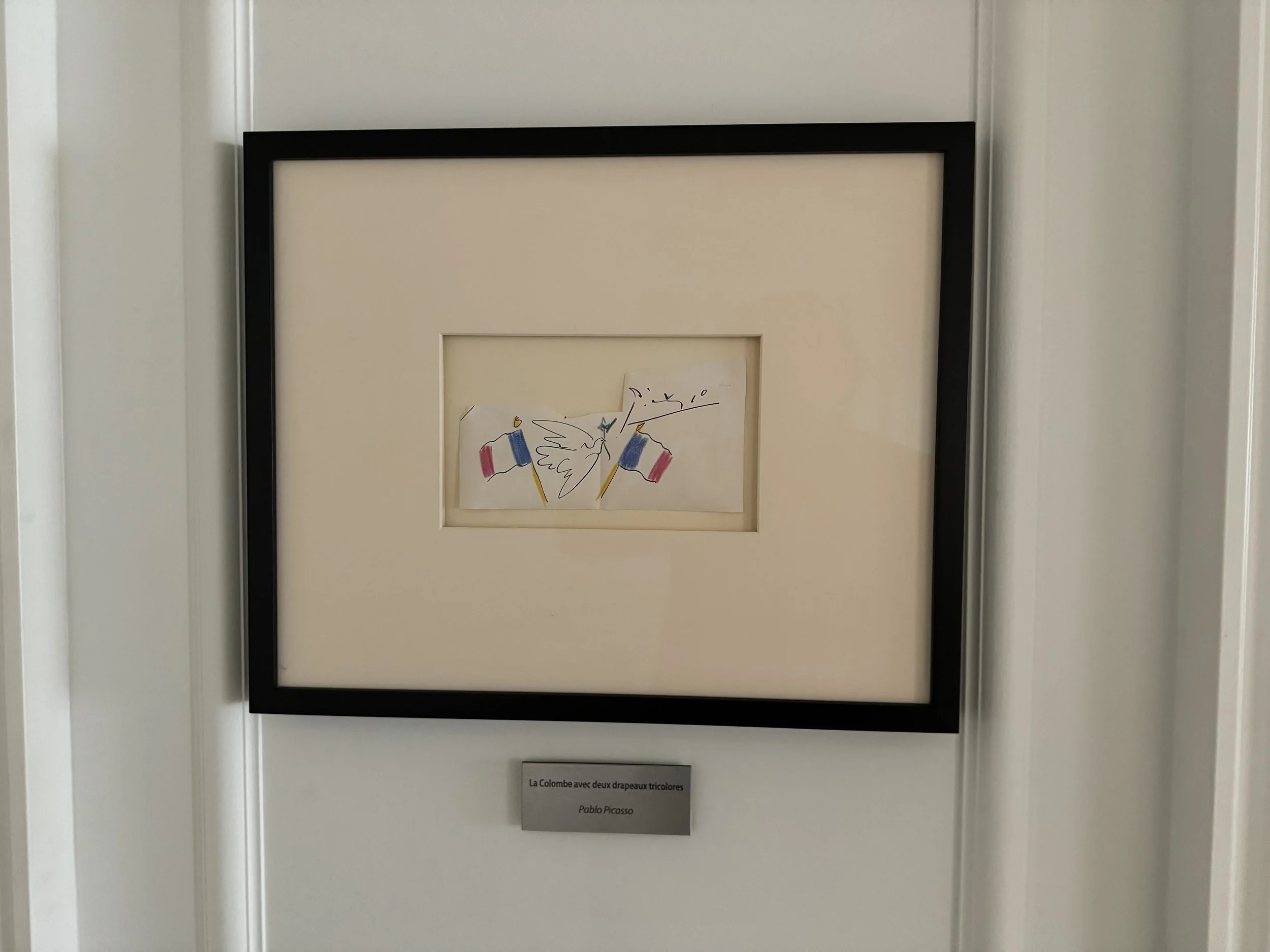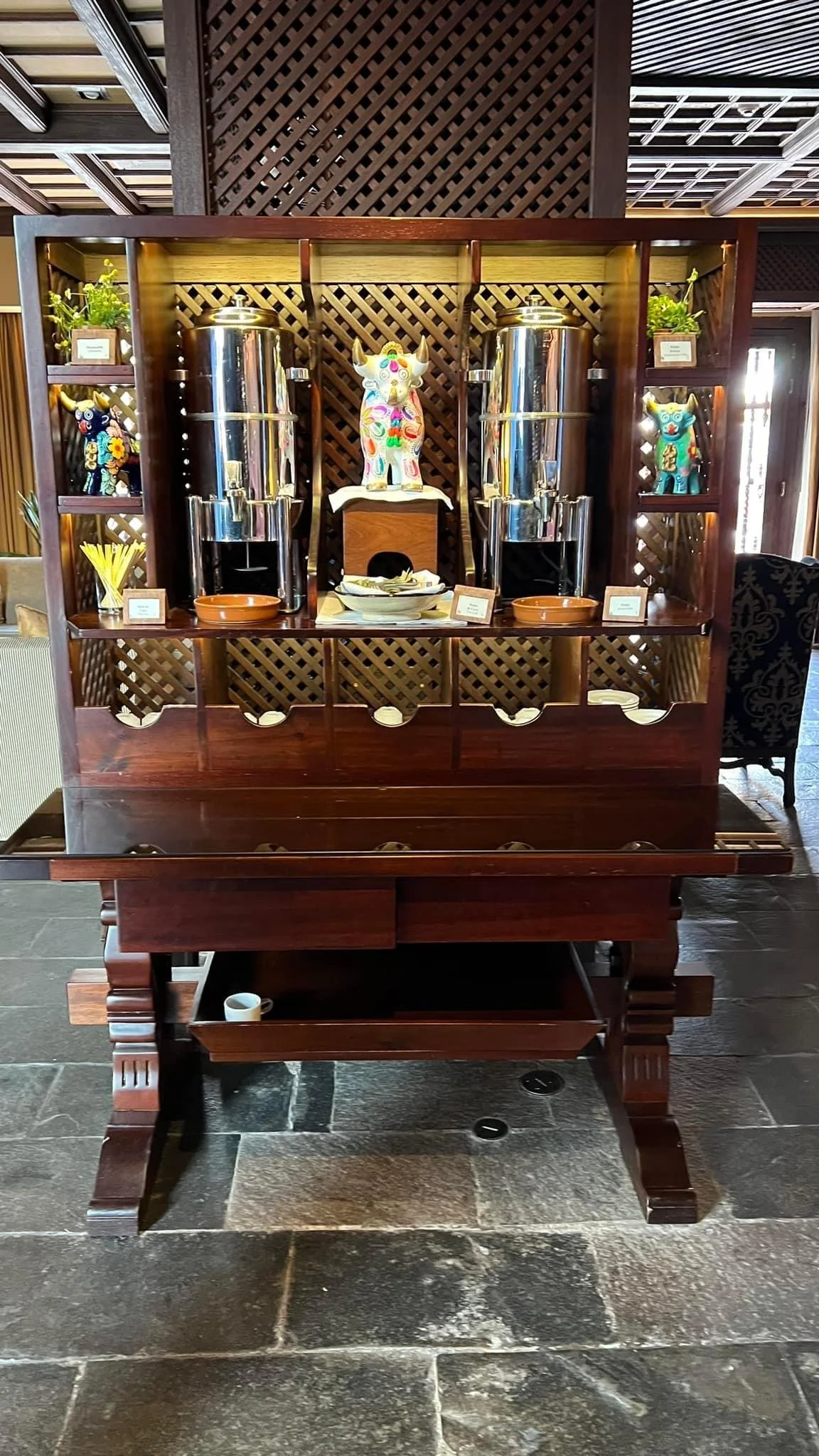This Week in Bridge
(523) Puppet Stayman and 5-Card Stayman
© AiB Robert S. Todd
Level: 8 of 10 robert@advinbridge.com
General
Puppet Stayman is a modification of Stayman to search for 4-4 Major suit fits as well as 5-3 Major suit fits when the NT Opener has a 5-card Major. This is done by changing the question that Responder asks with Stayman from “Do you have a 4-card Major?” to “Do you have a 4-card Major OR a 5-card Major?” and redefining Opener’s answers to show these Major suit holdings.
Puppet Stayman over 2NT Openings by Partner
One of the common places to use Puppet Stayman is over a 2NT opening bid, and in fact, this is where it is found on a convention card. Let’s see how this works.
Example 1
2NT 3♣
__?
3♦* at least one 4-card Major
3♥ 5-card ♥
3♠ 5-card ♠
3NT no 5-card Major or 4-card Major
After a 3♦* answer by Opener, showing a 4-card M, then Responder can continue to look for a 4-4 Major suit fit if needed. Responder does this by bidding the Major they don’t have at the 3-level. This allows the strong hand, Opener, to be the declarer if the partnership has a 4-4 fit (similar to Smolen).
Example 2
2NT 3♣
3♦* __?
3♥* 4-card ♠
3♠* 4-card ♥
3NT no 4-card Major
4♣ 4-4M, slam try
4♦ 4-4M, pick a Major
Problems with Puppet Stayman
Although Puppet Stayman can allow the partnership to find a 5-3 Major suit fit, it has some problems.
Puppet Stayman gives away a lot of information to the opponents if Responder uses it with any hand with a 3-card Major.
Sometimes playing in a 5-3 Major fit instead of NT is not best when Opener has a balanced hand.
Responder loses the ability to bid Smolen over 2NT, making it harder to look for a Major suit fit when Responder is 5/4 in the Majors.
Puppet Stayman is often overused by Responder.
Combining Stayman and Puppet Stayman over 1NT Openings
Some partnerships like to use 3♣* as Puppet Stayman over 1NT opening bids as well as 2♣ as regular Stayman. This allows the partnership to have both Stayman and Puppet Stayman asking bids.
1NT 2♣ Stayman
1NT 3♣* Puppet Stayman
With this agreement, Responder does not use Puppet Stayman with 4-4M because regular Stayman can be used. Responder only uses Puppet Stayman with at least one 3cM (4/3, 3/3, 3/2, 3/1, or 3/0 in the Majors) and game forcing values.
Note: Responder should usually not use Puppet with a flat hand and 4/3 or 3/3 in the Majors because even if they find a 5-3 fit with Opener, with a flat hand 4M is not likely to be a better contract than 3NT.
5-Card Stayman over 1NT
There has been a slight improvement on Puppet Stayman for the auction 1NT - 3♣* when both Stayman and Puppet Stayman are available. Since Responder will not be 4-4 in the Majors over 1NT for bidding 3♣*, there is no hand where Responder would need to go past 3NT if Opener answers 3♦* -- Responder can’t bid 4♣ or 4♦ to show 4-4M. Thus, Opener’s 3♦* answer no longer needs to promise a 4-card Major.
5-Card Stayman Auctions
Example 3
1NT 3♣*
__?
3♦* no 5-card Major (but may or may not have a 4cM)
3♥* 5-card ♥
3♠* 5-card ♠
3NT Does Not Exist
After the 3♦* answer by Opener, Responder can still show a 4-card Major just as before by bidding the other Major at the 3-level. This approach is an improvement when Responder has a 3-card Major and no 4-card Major. The auction is similar in both Puppet and 5-card Stayman:
1NT 3♣*
3♦* 3NT
But in 5-card Stayman, Opener gives away less information by not promising a 4-card Major.
Conclusion
Puppet Stayman allows Responder to look for a 5-3 Major suit fit (when Responder has 3-card Major), but it introduces complexity and gives up Responder’s ability to show some Major suit hands – 5/4, 5/5. This is a tradeoff that you and partner need to decide whether it is worthwhile to you or not. Puppet Stayman tends to give up more than it gains and it can encourage bad habits, while most of the situations it solves, especially after a 1NT opening, can be handled with other bidding sequences.




















